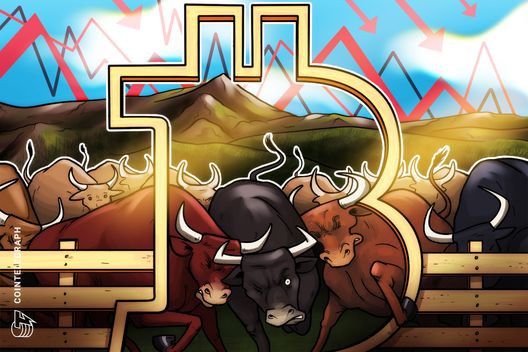Bitcoin‘s value is projected to grow significantly over time, according to Andrei Grachev, managing partner of DWF Labs. However, trading activity may experience a downturn. Grachev mentioned on his X account that Bitcoin is increasingly adopting characteristics of traditional financial assets. He explained that Bitcoin’s rising share in fiat currency markets will lead to higher prices, albeit with a reduction in trading volumes.
How is Bitcoin Becoming a Mainstream Asset?
Bitcoin’s incorporation into institutional portfolios places it alongside traditional investments like stocks and bonds. The emergence of exchange-traded funds, custody services, and adherence to regulatory standards is transitioning Bitcoin from a cryptocurrency into a form of traditional capital. This shift ties Bitcoin’s price changes to global financial trends.
Can Bitcoin Prices Rise While Trading Slows?
Yes, Grachev believes prices will rise even as trade volumes decline. Institutional investors are more likely to adopt a long-term holding strategy rather than engage in frequent trades. As a result, on-chain transactions decline. Additionally, solutions like Lightning Networks take transactions off the main blockchain, making them less visible. Therefore, the market is expected to exhibit a “high value, low volume” trend.
Grachev is not concerned about the shrinking volume impacting Bitcoin’s network health. He suggests that fewer but more substantial transactions will sustain network growth. In his view, Bitcoin’s market valuation will become a more telling indicator of its success than trading volume.
Despite this, the fall in volume has sparked conversations about possible impacts on miner revenue. Some experts propose that increasing transaction fees could counterbalance the reduction in block rewards, allowing the ecosystem to stabilize.
Key points include:
–
Bitcoin is transitioning into a traditional financial asset class.
–
Institutional adoption and reduced trading frequency may lead to lower volumes but higher prices.
–
The market’s maturity is reflected in its tendency toward high value rather than volume.
Grachev’s vision suggests a new era for Bitcoin, where its role within institutional portfolios continues to solidify, influencing not just its value, but also how it is integrated into the broader financial system. The dynamics of high valuation amidst reduced volumes could reflect this evolving status in the global economy.
Disclaimer: The information contained in this article does not constitute investment advice. Investors should be aware that cryptocurrencies carry high volatility and therefore risk, and should conduct their own research.
















 English (US)
English (US)